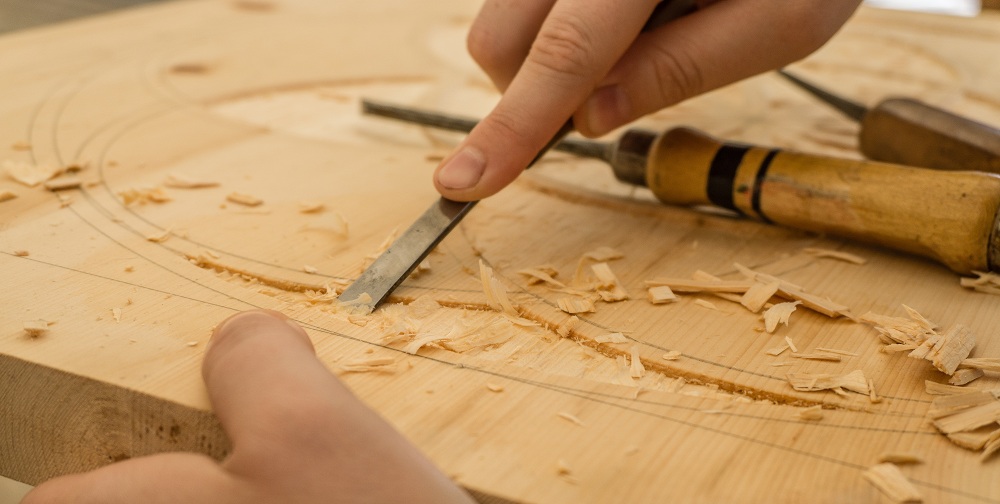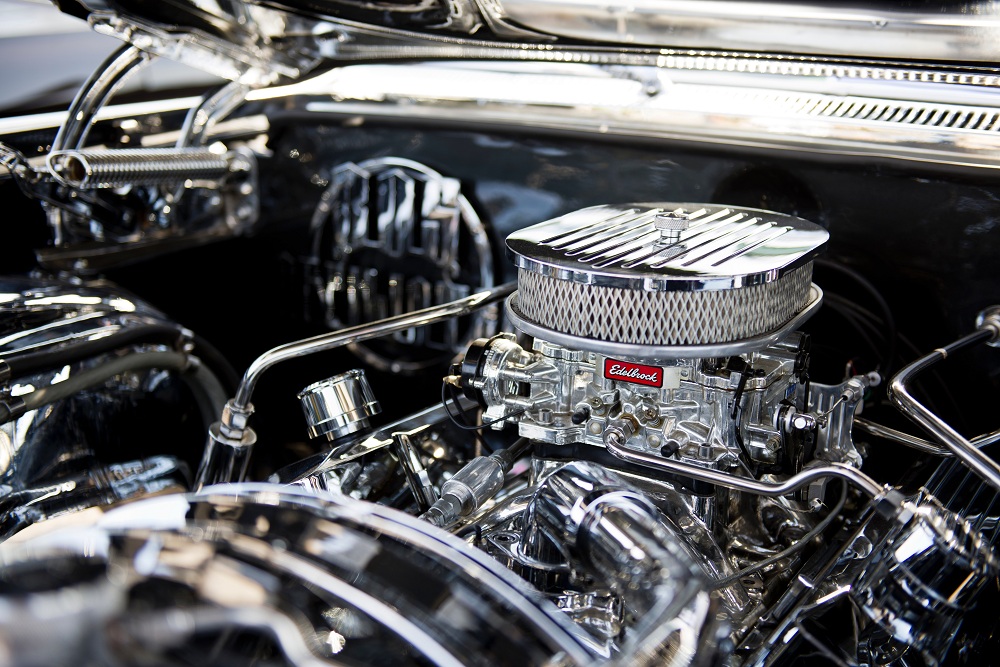Certain pests will always flock at food premises. Usually, these are rodents, cockroaches, ants, flies, and other flying insects gravitating to food storages, contaminating the food, and bringing diseases to everyone in the household.
Rodents themselves, rats and mice, leave their wastes around the home seventy times a day. Flies on the other hand lay hundreds of eggs at one time, all of which will hatch within 24 hours. They scavenge food, leave their spoils inedible to humans, damage the home, and spread many diseases.
Pantry Pests Ruin Food Storage
Whether for emergency or mealtime pantry, pests are your greatest enemies. It’s even worse when the foods are stored in case of emergencies only to find out that they are already ruined. Pantry pests, it turned out, have already located and feasted on your stored goods before you can even benefit from them.
Normally, people store food in their cupboards and pantry for short-term meal plans. And while you think you’re keeping goods well, pests are smart and will always find their way, the greatest destroyer being rats, mice, and cockroaches.
Since they come into the homes uninvited, the best that homeowners can do is protect their food storage really well, which is also one way to discourage them from infesting the home. If they continue to infest nevertheless, the best choice is to go for various means of extermination.
Most Common Items Destroyed by Pests
Households usually complain about their dried goods being attacked by pantry pests, which will always end up contaminated and inedible. These dried foods include powdered milk, nuts, cured meats, chocolate, tea, spices, seeds like popcorn and dried beans, and cereal products such as spaghetti, cake mix, crackers, flour, cornmeal, and cookies.
While they usually feed on products that are already opened, they can always have their way into unopened packages of papers, cardboards, plastic, cellophane, or foils. Once they infest one area, they will most likely find the other parts of the home where foods are stored.

How to Secure Your Food Storage
Whether an emergency food storage, pantry, or cupboard, there are many ways you can pest-proof them. First off, make sure that your pantry is infested. Some signs include beetles found in the cupboards, counters, and around windows. You might also see small beetles in your dried goods.
Caterpillars might join the infestation too, with their silk webbing getting inside food packages. Be sure to check if the moths or beetles you found inside your home are parts of the infestation.
Examine all food sources and check where they are feasting on. You can pour the products on a flat surface or carefully check their top sections. Be sure to check all the foods in the pantry since pests most likely infest more than one food source.
Once you find which foods are infested, throw them away immediately then clean the shelves and cabinets. Use a vacuum cleaner for this so you can pick up any spilled foods and crawling insects even at the corners or cracks.
To prevent the pests from re-infesting, don’t forget to empty the vacuum cleaner every time you use it. Keep in mind never to be complacent about the possibility of their re-infestation. Neither bleach, detergent, and ammonia might not be able to prevent them from infesting.
You need to upgrade your efforts and store your goods in the fridge or sealable glass, heavy plastic, or metal containers until you are so sure that they’re thoroughly removed.
There are two things you can do for older food items that you aren’t sure are infested. You can put them in zero degrees in the freezer for a minimum of four days or safely heat them up for a minimum of thirty minutes at 130 degrees.
Use Rodent-proof Food Containers
Among all the pests, rodents are the ones that can literally eat their way on anything, even thin plastic boxes, but fortunately not on glasses, heavy-duty hard plastic, and metal.
The ideal container would be those with tight-fitting lids; some even invest in metal cabinets or 5-gallon plastic drums with gamma seal lids that are used at restaurants. Ensure that metal containers are placed on wooden slabs to prevent them from rusting.
Keep the food storage uncluttered as much as possible too since rodents love kibbles. No trace of foods should be around the pantry, cupboards, or counters.
When keeping smaller pests and rodents away from your food storage, never be complacent. Investing in various pest-proofing containers is a must. Make constant checking and cleaning your food storage a habit.


